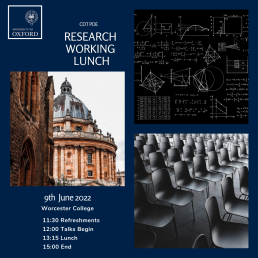“So Fair a Subterraneous City”: Mining, Maps, and the Politics of Geometry in the Seventeenth Century
Venue: Shulman Auditorium, Queen's
Abstract
In the aftermath of the Thirty Years War (1618–1648), the mining regions of Central Europe underwent numerous technical and political evolutions. In this context, the role of underground geometry expanded considerably: drawing mining maps and working on them became widespread in the second half of the seventeenth century. The new mathematics of subterranean surveyors finally realized the old dream of “seeing through stones,” gradually replacing alternative tools such as written reports of visitations, wood models, or commented sketches.
I argue that the development of new cartographic tools to visualize the underground was deeply linked to broad changes in the political structure of mining regions. In Saxony, arguably the leading mining region, captain-general Abraham von Schönberg (1640–1711) put his weight and reputation behind the new geometrical technology, hoping that its acceptance would in turn help him advance his reform agenda. At-scale representations were instrumental in justifying new investments, while offering technical road maps to implement them.



